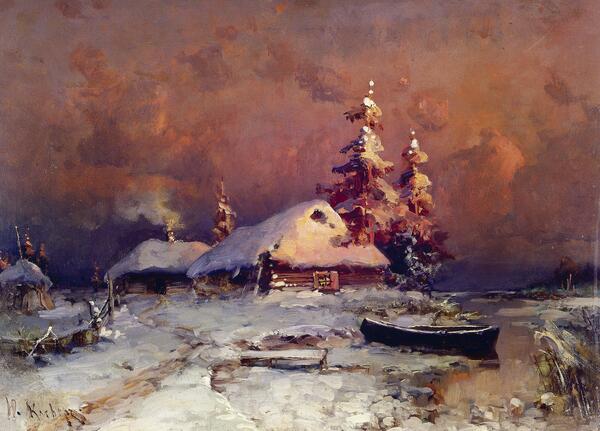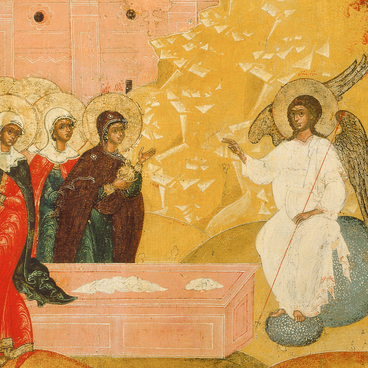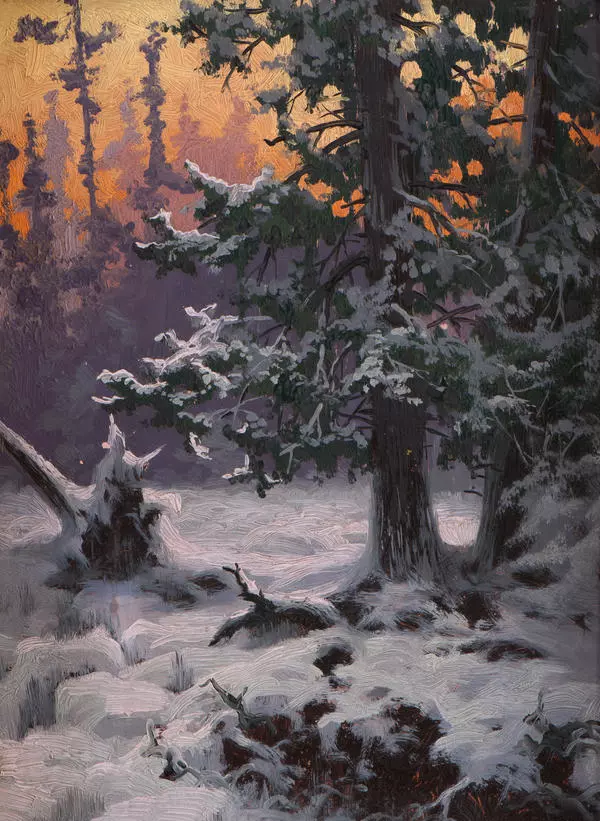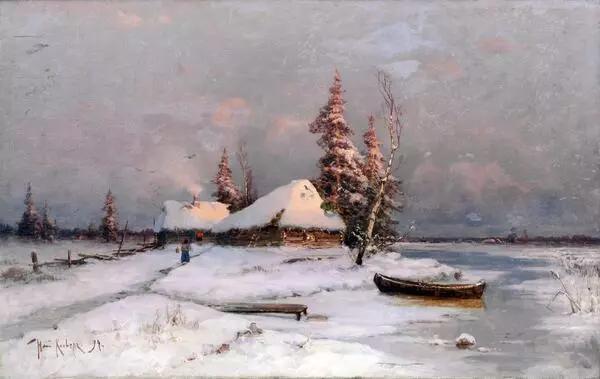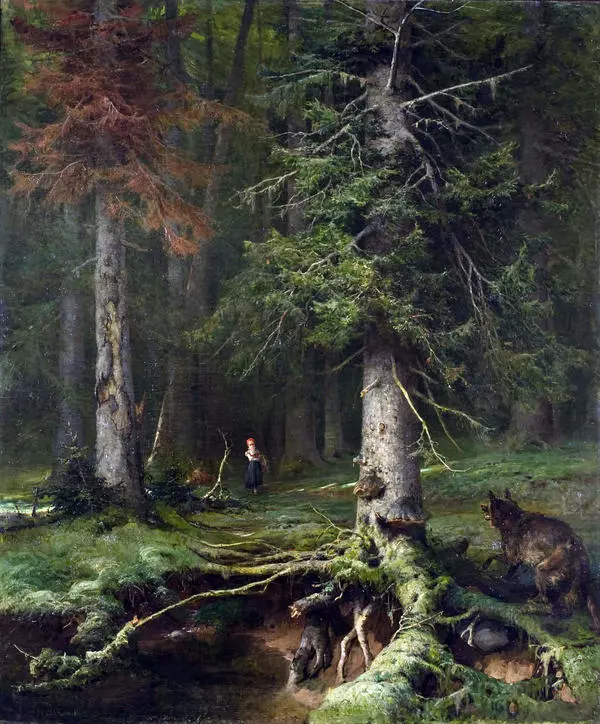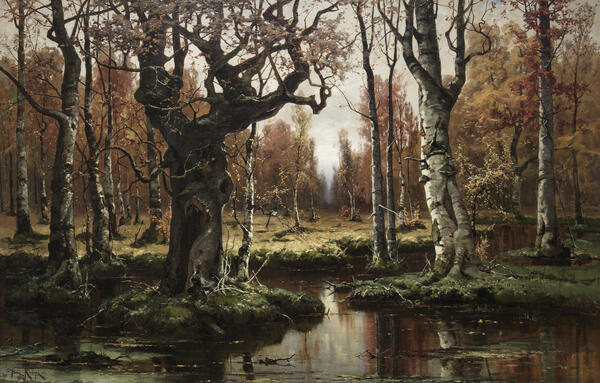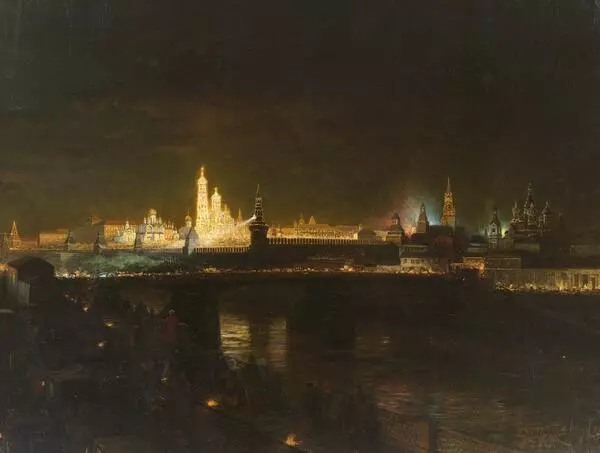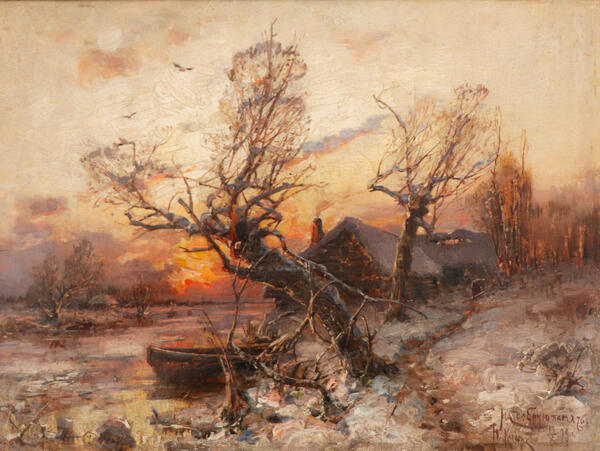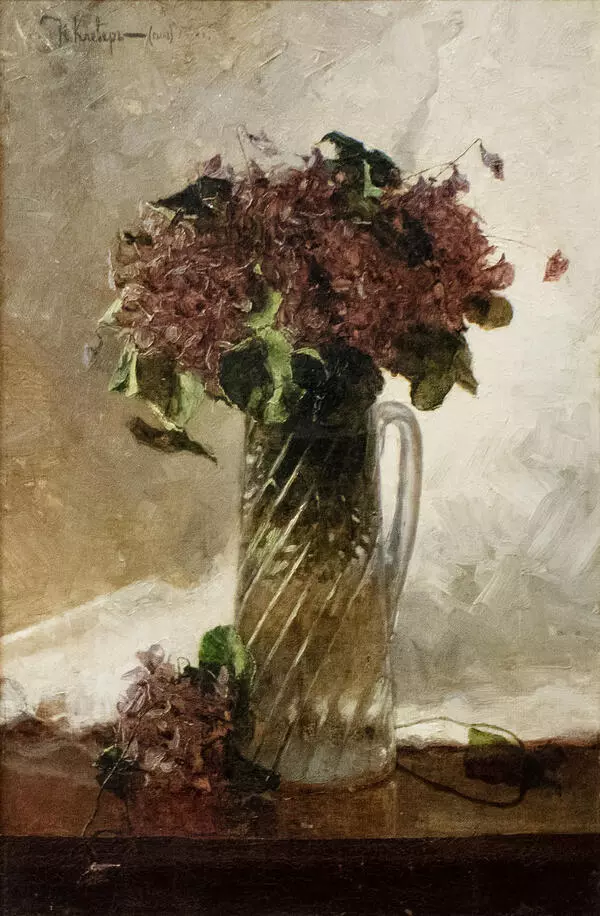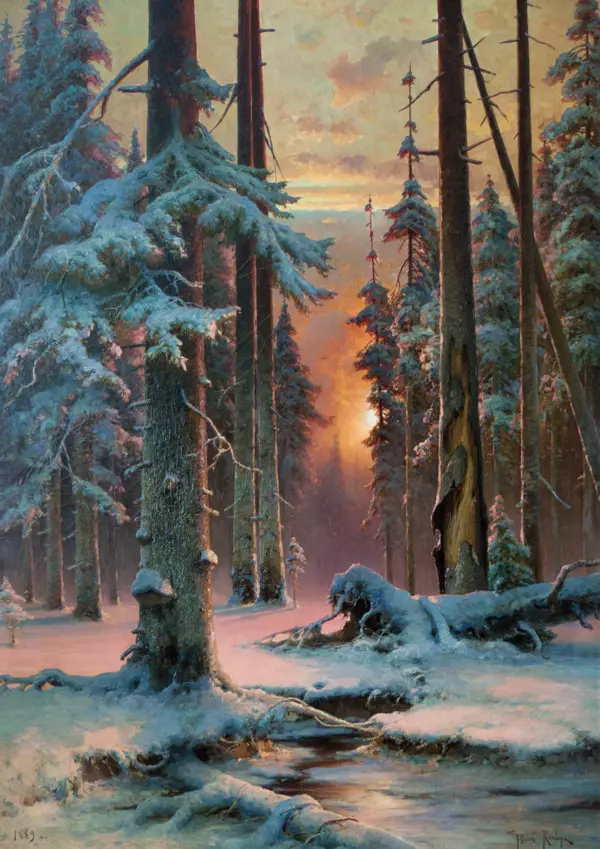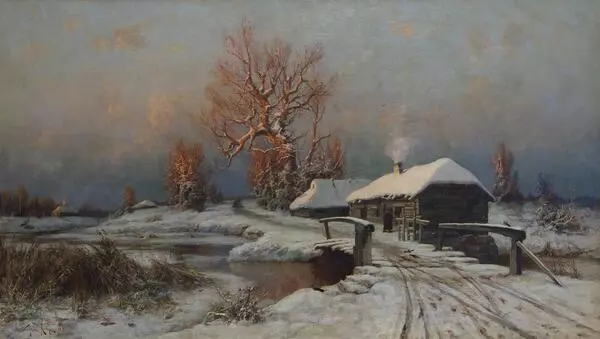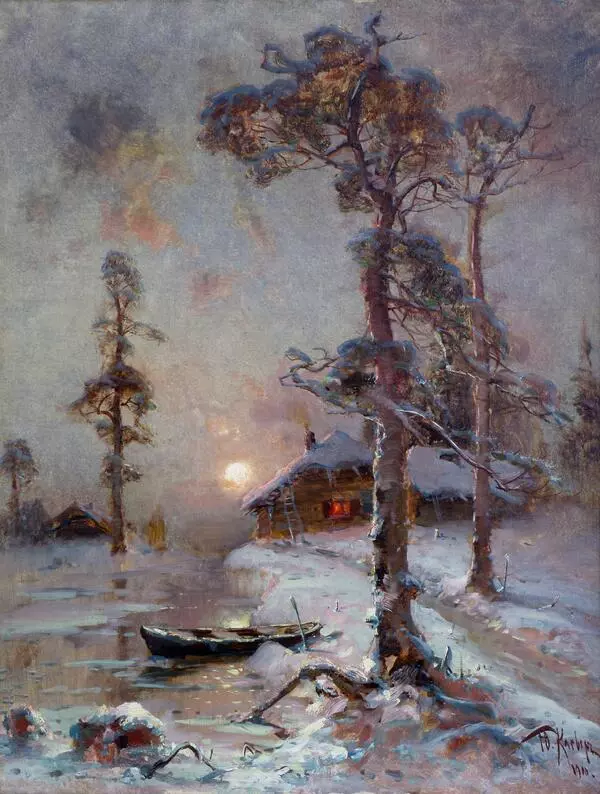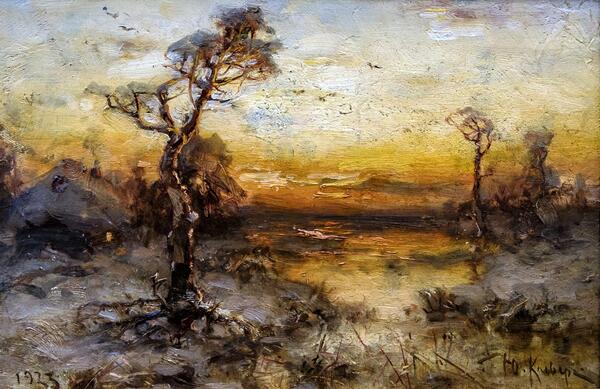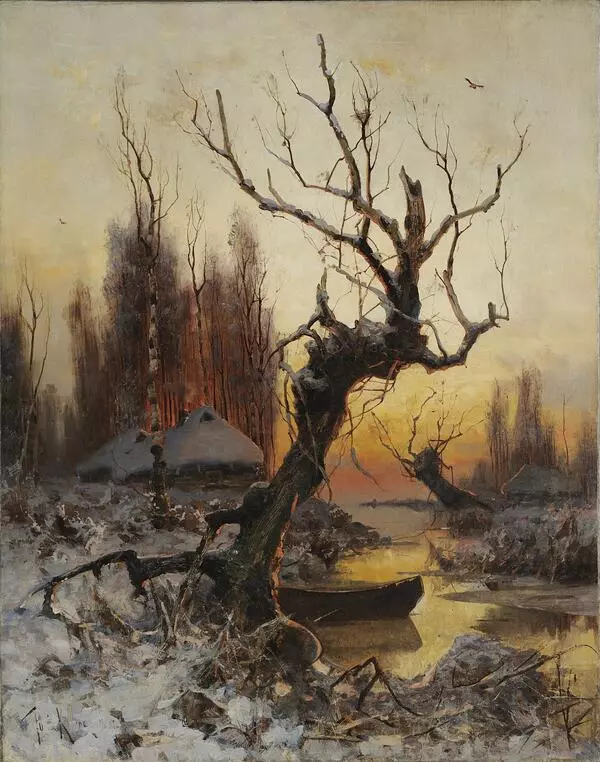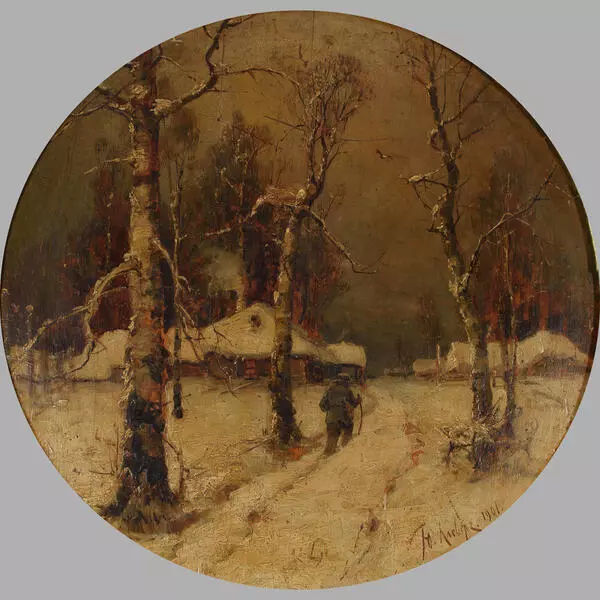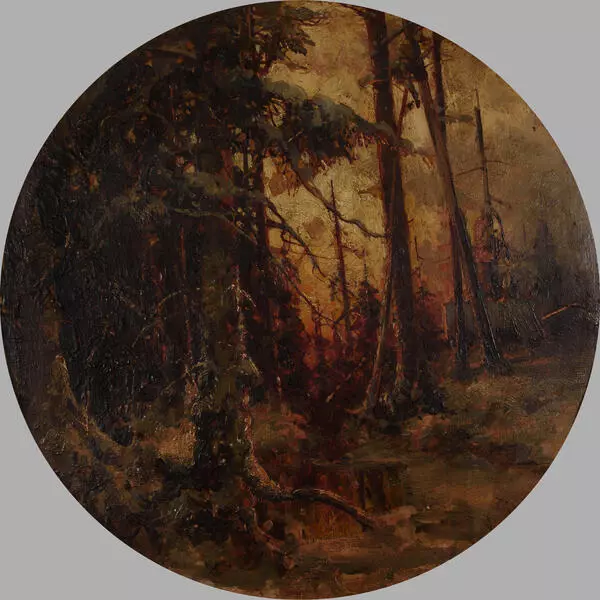Julius Klever’s landscapes were very popular; famous collectors and even members of the imperial family purchased them. Thousands of original works and reproductions of Klever’s paintings were spread across the country far beyond St. Petersburg, where the artist worked for most of his life. “In Russia Julius Klever is just as popular as Repin, Aivazovsky, Kuindzhi. His name is known not only to the artistic community, and those who follow Russian art, but also to remote provinces and even villages”, that’s what was in articles dedicated to the fiftieth anniversary of the artist’s creative activity in 1922.
Julius Klever has always sought to go beyond academic painting. Seeking inspiration, he traveled to the island of Nargen (now known as Naissaar) in the Gulf of Finland, where Estonian fishermen lived in almost complete seclusion. The extreme views of the northern island, not yet familiar to the Russian public, made a strong impression on the artist. The unusual beauty of these places inspired Klever to create five paintings and many studies. The master’s unique style admired by his contemporaries finally took shape on this particular island.
The characteristic features of Klever’s work are vividly embodied in the landscape “Winter Evening”. The composition of the canvas is clear and simple. The artist depicted a cozy, almost storybook fairytale-like scene: a small snow-covered fishing hut and a boat tied near the shore not far away. The painting has an airy feeling: sunset shades dissolve into each other, soft light falls on the snow, roofs and trees.
Klever’s sunsets, especially winter sunsets, were appreciated by critics the most.
Julius Klever has always sought to go beyond academic painting. Seeking inspiration, he traveled to the island of Nargen (now known as Naissaar) in the Gulf of Finland, where Estonian fishermen lived in almost complete seclusion. The extreme views of the northern island, not yet familiar to the Russian public, made a strong impression on the artist. The unusual beauty of these places inspired Klever to create five paintings and many studies. The master’s unique style admired by his contemporaries finally took shape on this particular island.
The characteristic features of Klever’s work are vividly embodied in the landscape “Winter Evening”. The composition of the canvas is clear and simple. The artist depicted a cozy, almost storybook fairytale-like scene: a small snow-covered fishing hut and a boat tied near the shore not far away. The painting has an airy feeling: sunset shades dissolve into each other, soft light falls on the snow, roofs and trees.
Klever’s sunsets, especially winter sunsets, were appreciated by critics the most.

